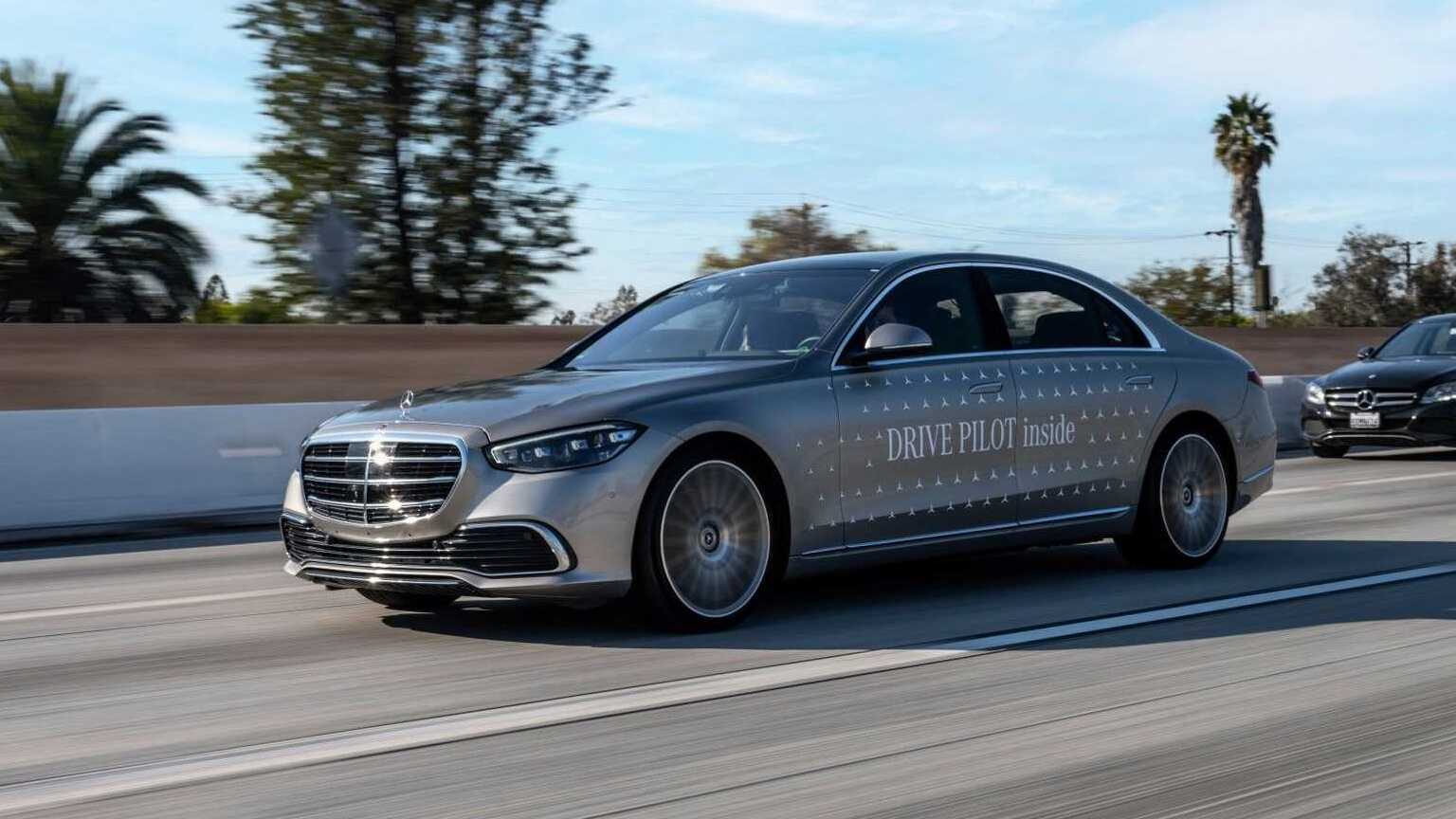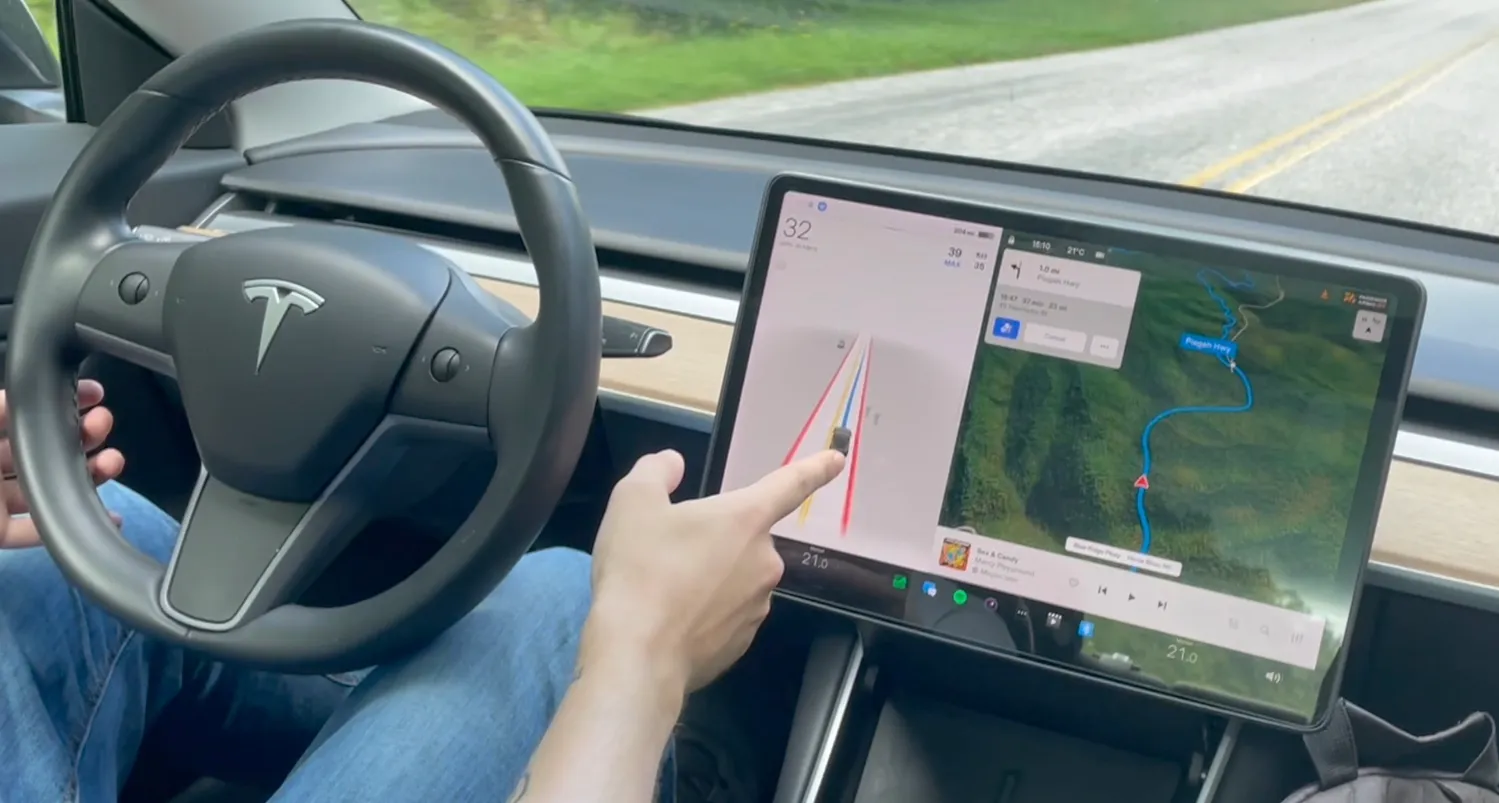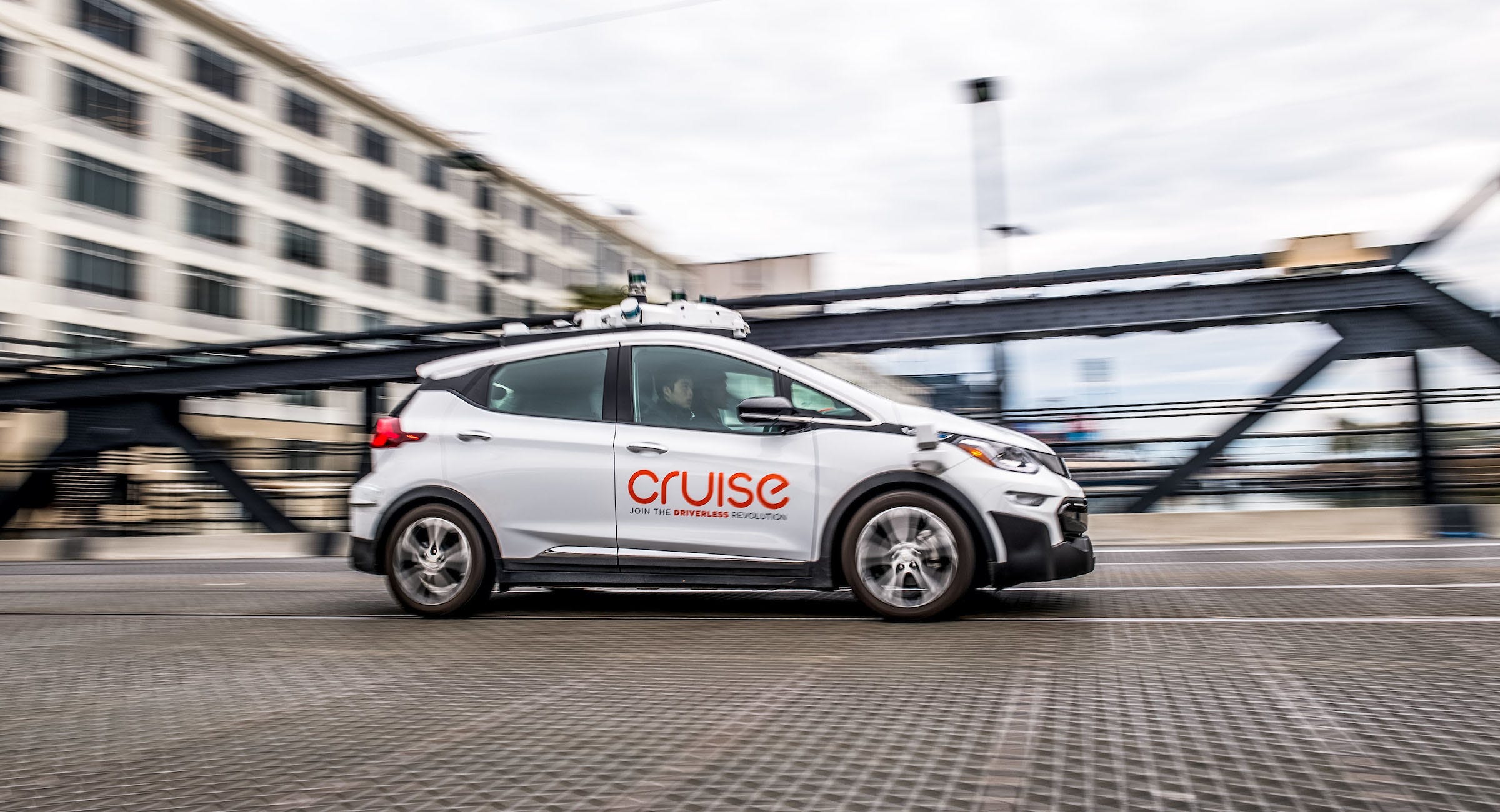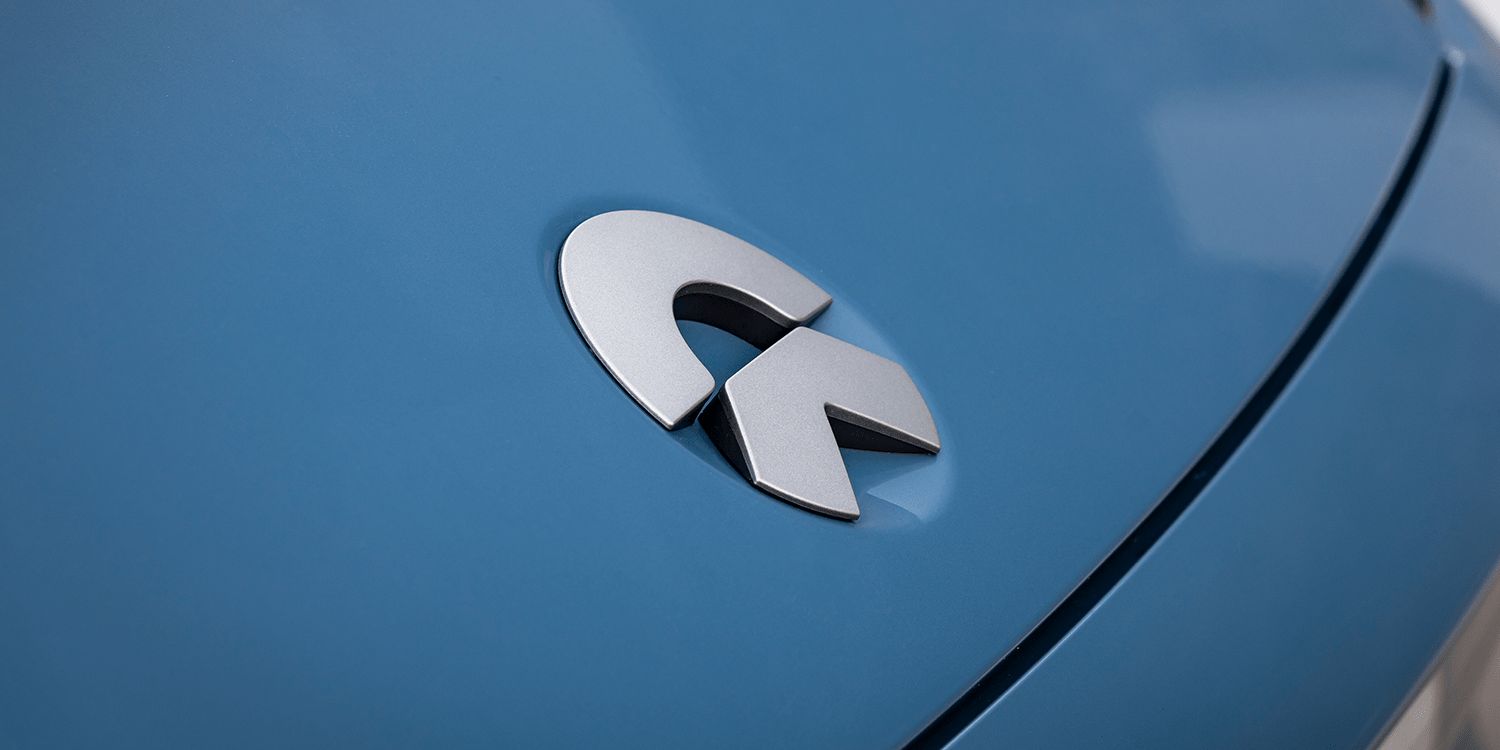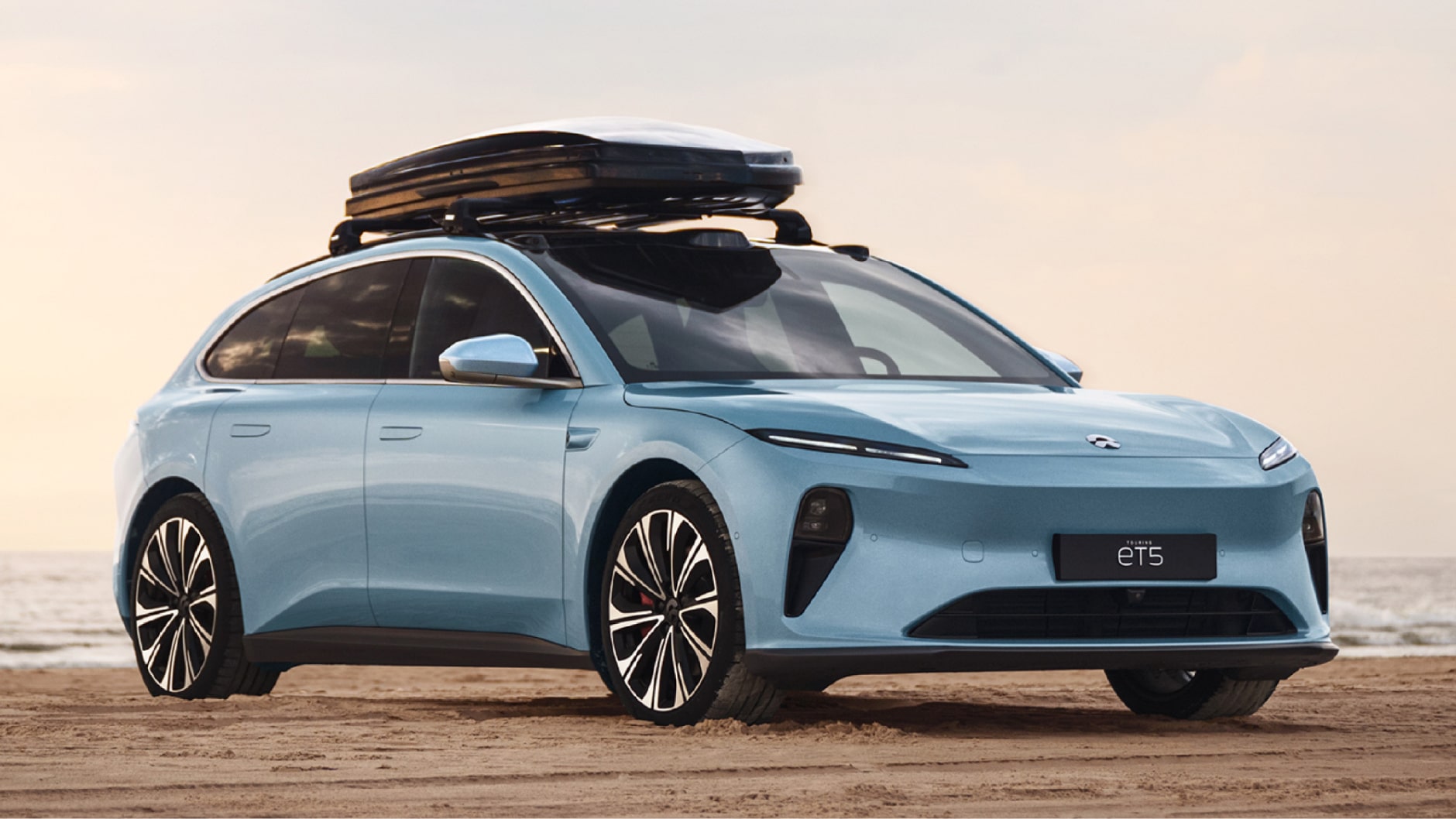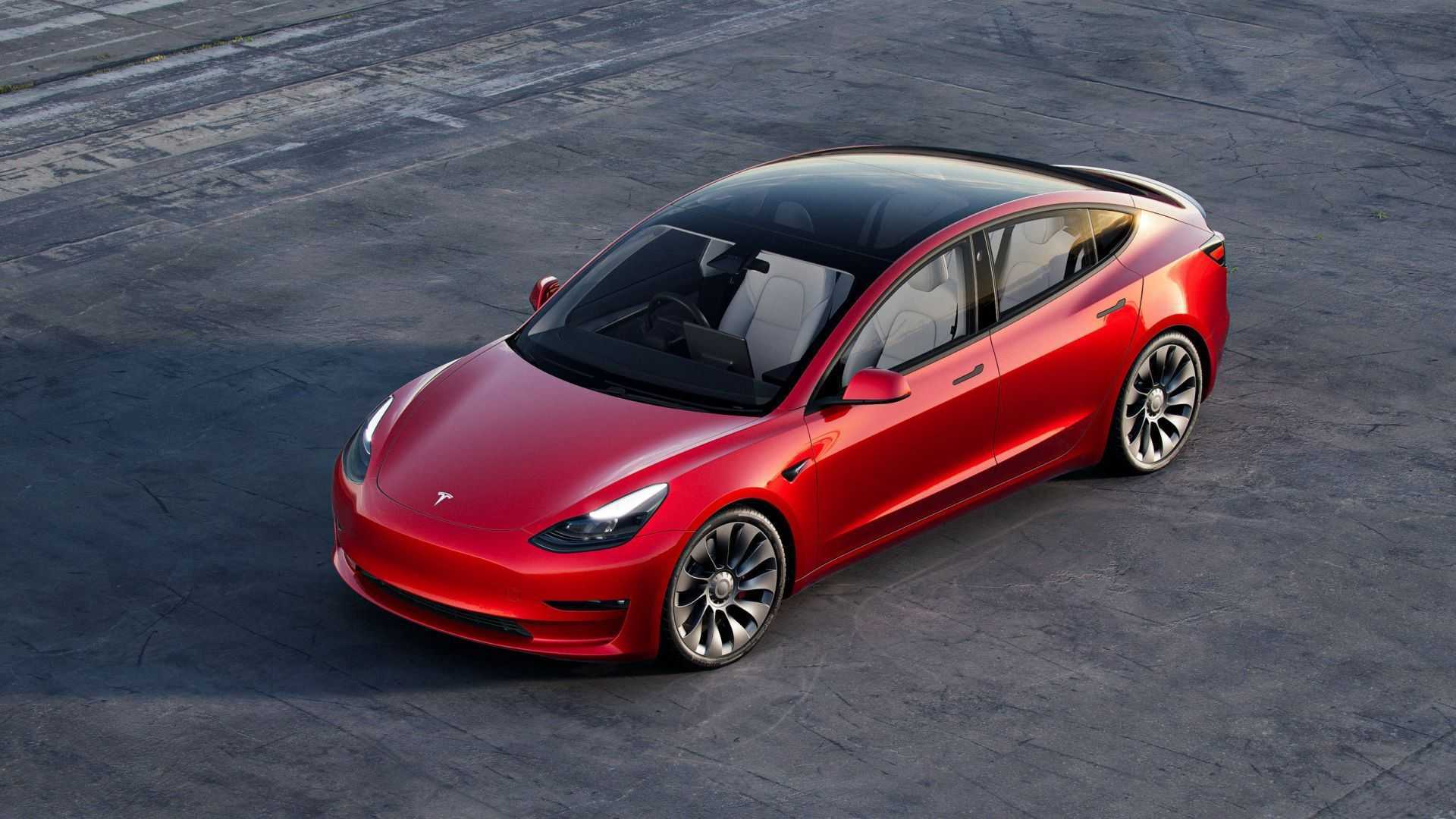Mercedes-Benz is set to bring its Level 3 drive assistance technology, known as Drive Pilot, to the United States by the end of 2023. This development places Mercedes-Benz ahead of its rivals, including Tesla, in the race to offer advanced autonomous driving capabilities to American consumers. The renowned German automaker has recently unveiled additional pricing and availability details for this highly anticipated feature.
Drive Pilot was first introduced in Germany and is poised to make its debut in California and Nevada, where a limited fleet of EQS models will be equipped with the system in late 2023. Subsequently, deliveries of Drive Pilot-equipped S-Class and EQS sedans will commence in early 2024, as Mercedes-Benz aims to redefine the driving experience for its customers.
The starting price for Drive Pilot in the US is set at $2,500 for the first year, with additional pricing options expected to be revealed in the near future. Notably, Mercedes-Benz’s Level 3 system has earned certification from the Society of Automotive Engineers (SAE) for “conditional autonomy.” This means that while the vehicle can take control when the feature is engaged, it requires the driver to be ready to take over when prompted by an alert.
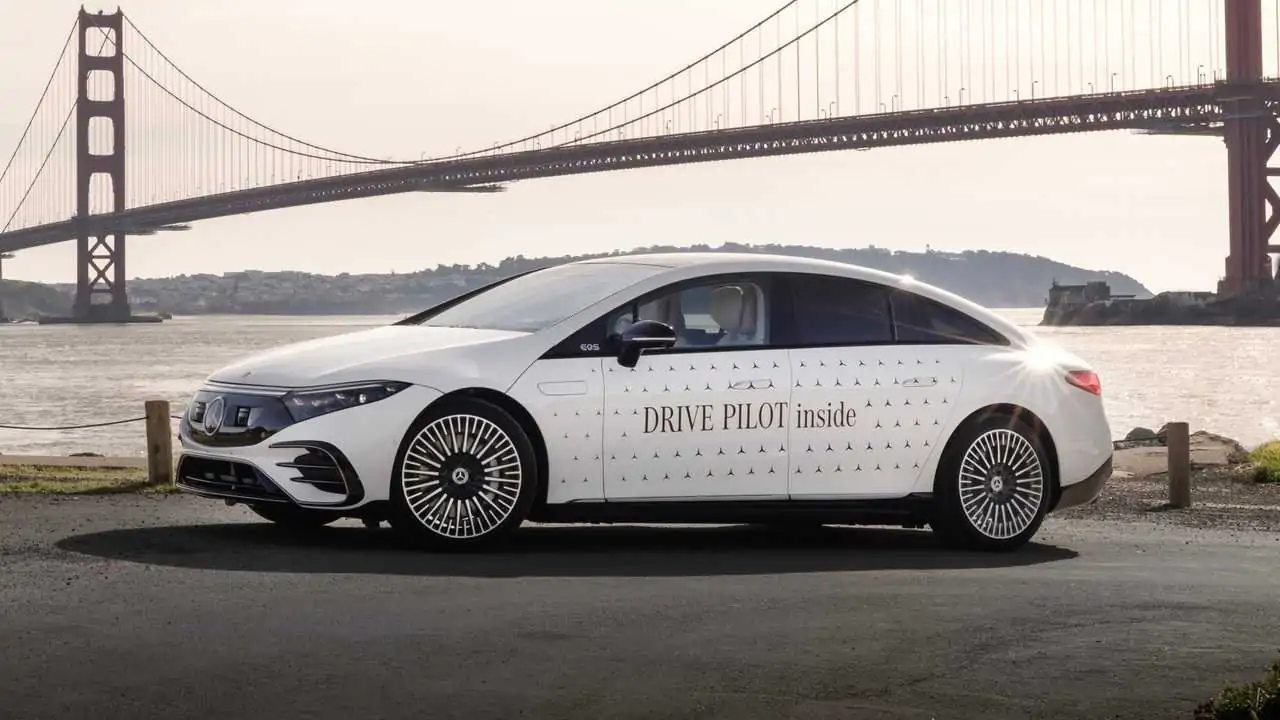
SAE’s Level 3 certification comes with stringent conditions, allowing self-driving capabilities only under specific circumstances, ensuring safety remains a top priority. Mercedes-Benz has confirmed that Drive Pilot will be operational in major cities, including Los Angeles, the San Francisco Bay area, Sacramento, San Diego, Las Vegas, and the connecting freeways within its Operational Design Domain (ODD).
One notable feature of the Level 3 system is its integration with the vehicle’s central screen, enabling drivers to browse the web, watch videos on platforms like YouTube, and even play mini-games while the system is active. However, it’s crucial to bear in mind that Level 3 availability is subject to state regulations, explaining its initial rollout in only two states. Furthermore, it’s offered as a subscription-based service, allowing customers to discontinue it if they move to an area where Level 3 driving is not permitted.
Mercedes-Benz is placing a strong emphasis on the technology behind Drive Pilot, boasting a positioning system with remarkable precision accuracy, supported by LiDAR, cameras, radar, and ultrasonic sensors. A digital HD map provides a detailed 3D representation of the road, including critical information like road geometry, routes, traffic signs, and real-time updates on accidents and construction zones.
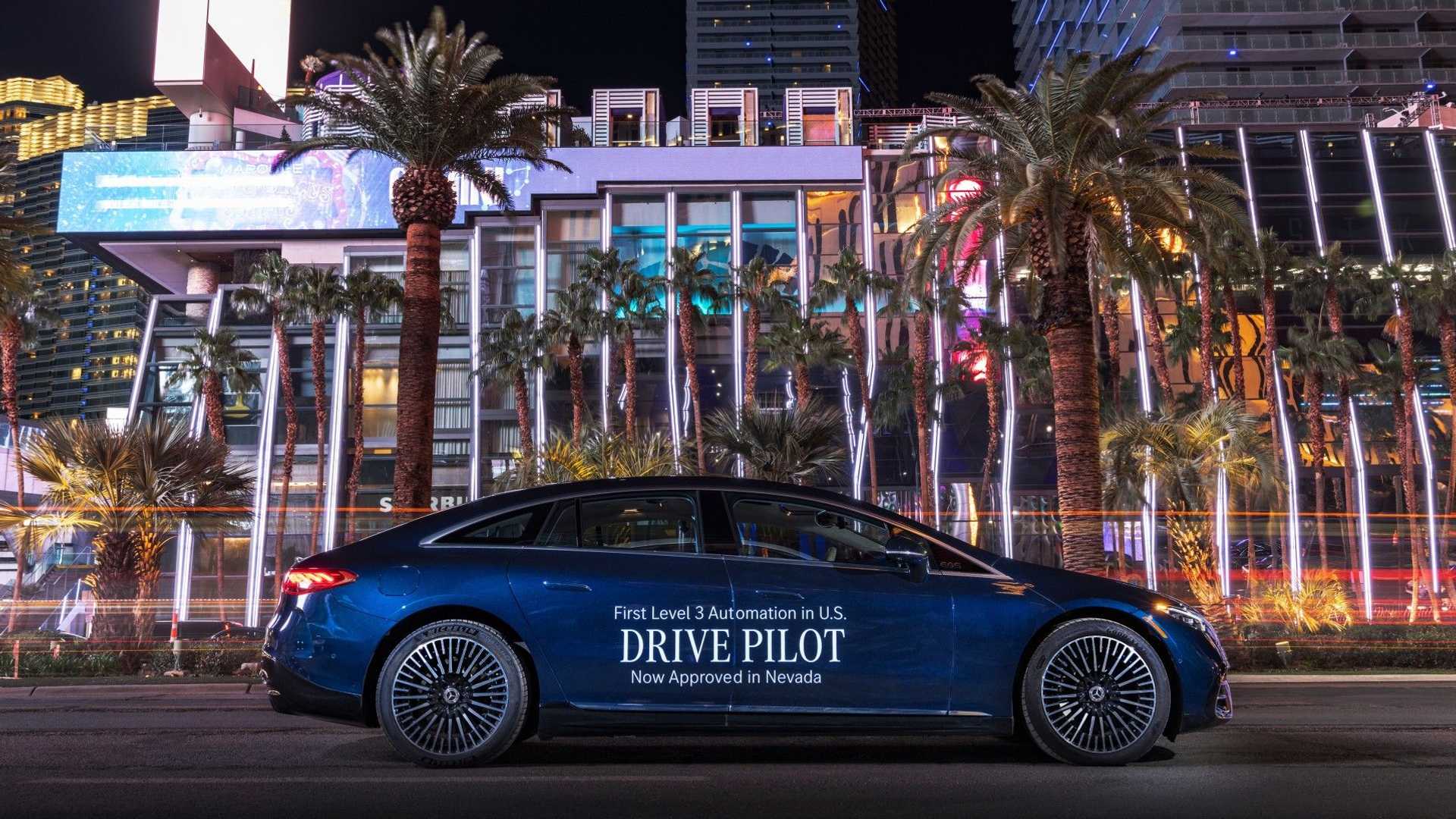
While Drive Pilot has much to offer in terms of advanced automation, it does come with a limitation – a maximum speed cap of 40 miles per hour. This speed restriction is due to regulatory requirements, with the potential for an increase to 70 mph when federal and state laws allow for it. Additionally, the EQS and S-Class vehicles equipped with Drive Pilot feature redundant steering, braking actuators, and electrical systems, ensuring that drivers can intervene and take control at any time.
The introduction of advanced driver assistance systems and autonomous technology in the United States has not been without its challenges. Tesla’s Autopilot, for instance, is currently under investigation by the National Highway Traffic Safety Administration (NHTSA) following incidents involving collisions with emergency vehicles and allegations of causing fatal accidents. This scrutiny extends beyond Tesla, with other automakers also encountering obstacles in the path toward widespread adoption of autonomous driving technology.

